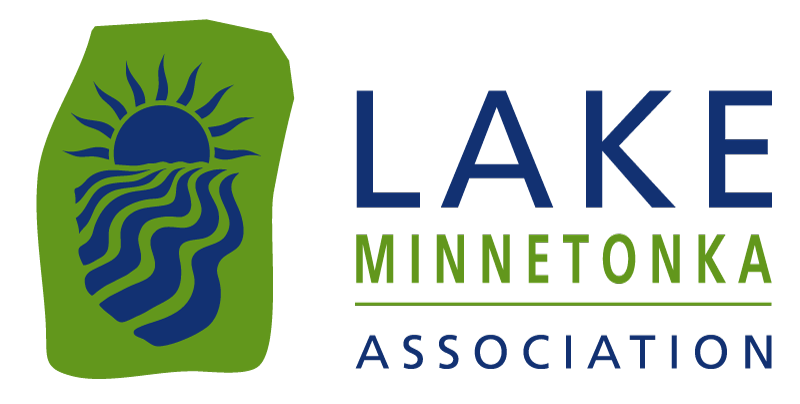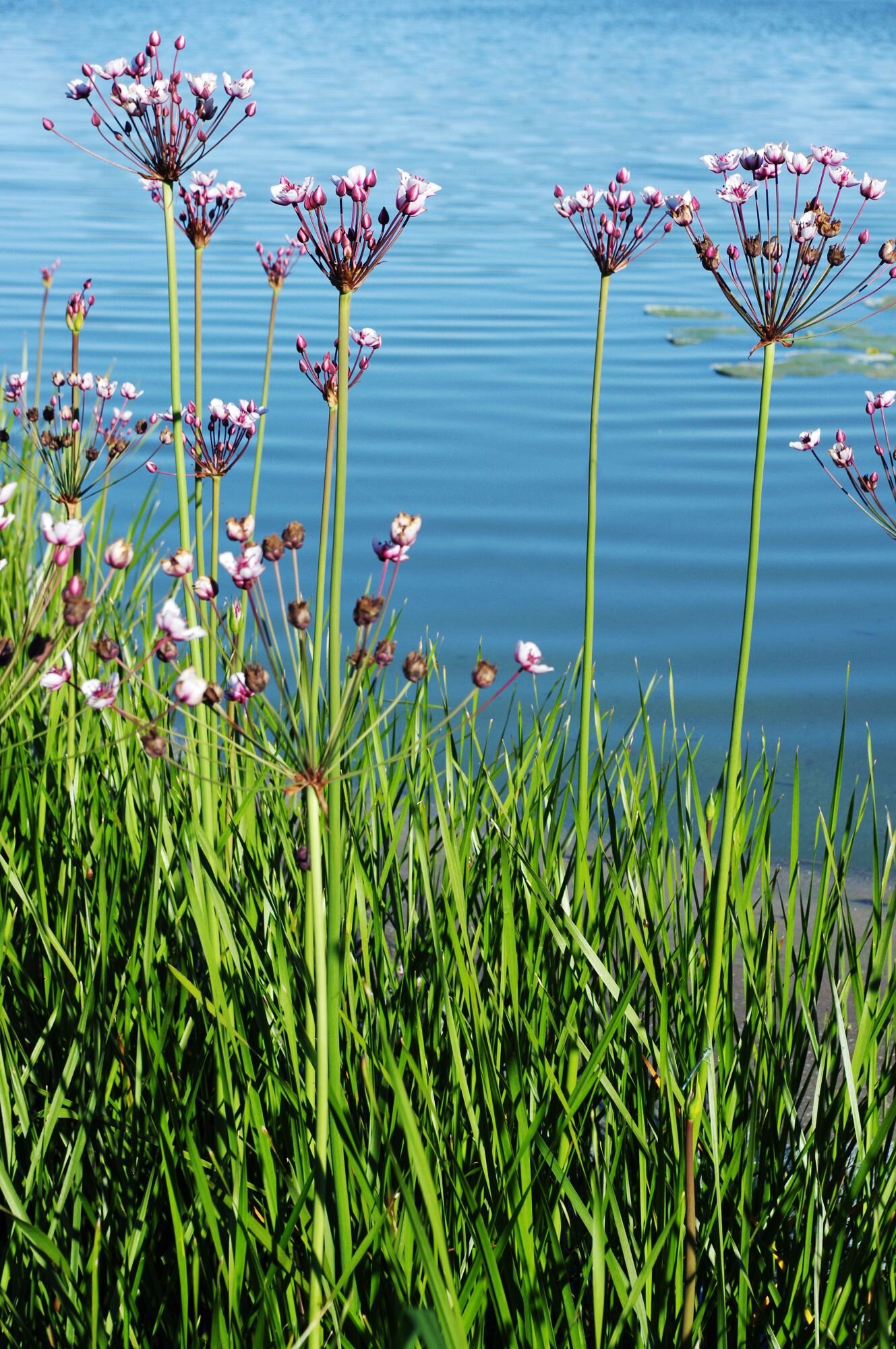Our Priorities
-
Aquatic Invasive Species Prevention & Control
Preventing new species such as starry stonewort, hydrilla, and the spiny water flea from being introduced and controlling those species already in Lake Minnetonka is a priority of the Lake Minnetonka Association. We work closely with lake residents, businesses, and others to keep the new invasive species from being introduced into the lake and to control invasive Eurasian watermilfoil, curlyleaf pondweed, and flowering rush.
-
Advocacy & Education
The Lake Minnetonka Association listens carefully to you and uses what we hear to develop programs and to advocate for positive change. We strive to provide local, regional, and state agencies and policy makers the expertise and needed information to help them better serve the interests of Lake Minnetonka, its residents, and its users. We publish four newsletters each year and host educational workshops and tours for our members to learn about Lake Minnetonka history, lake science, and what they can do to help protect the quality and legacy of Lake Minnetonka.
-
Bay Treatment Program
The Lake Minnetonka Association is the project manager for the Bay Treatment Program, which has improved boating and recreation on Lake Minnetonka by keeping Eurasian watermilfoil and curlyleaf pondweed under control. Currently there are six bays in the program, Carsons/St. Louis, Crystal, Gideons, Grays, North Arm, and Phelps Bays and two which have formed “Lake Improvement Districts (LIDs),” Carmans and St. Albans Bays. Since it began, treatments have greatly exceeded the original goal of not more than 20% post-treatment occurrence of Eurasian watermilfoil and curlyleaf pondweed.
-
Partnerships
The Lake Minnetonka Association works closely with marinas, Hennepin County, the Minnesota Department of Natural Resources, the Minnetonka AIS Research Center, and the University of Minnesota, and others to help protect and manage Lake Minnetonka. We work with other lake associations statewide allowing us to extend the reach and strengthen the voice of lake residents and users statewide.
-
Lake Minnetonka Protection and Clean-up
The Lake Minnetonka Association partners with residents and businesses around Lake Minnetonka to keep Lake Minnetonka clean of garbage and waste left behind from careless boaters and lake users.
Our Aquatic Invasive Species Guide
Preventing new species from being introduced and controlling those species already in Lake Minnetonka is the main focus of the Lake Minnetonka Association.
Current Aquatic Invasive Species in Lake Minnetonka
Eurasian Watermilfoil
Plant Type: Submerged
Status: Widespread throughout Minnesota
Native Look-alike: Northern Watermilfoil (Myriophyllum sibiricum)
HOW TO ID
• 12-21 pairs of leaflets
• Stems are limp and spaghetti-like
• Stems are reddish brown to pink
Curly Leaf Pondweed
Plant Type: Submerged
Status: Widespread throughout Minnesota
Native Look-alike: Clasping Leaf Pondweed
HOW TO ID
• Leaves are crinkly
• Fine-toothed leaf edges
• Leaf tips are blunt
• Leaf base does not wrap around the stem
• Begins growing in early spring before other plants and dies back mid-summer
• Forms dense mats
Flowering Rush
Plant Type: Submerged/Emergent
Status: Limited presence in Minnesota
Native Look-alike: Bulrushes, Arrowhead
HOW TO ID
• Very difficult to identify when not flowering
• Grows in shallow water, generally in depths
of 10 feet or less
• Tall, dark green leaves
• Stem is triangular in cross-section
• Cluster of pink flowers is held on a round stalk Whatever it is, the way you tell your story online can make all the difference
Zebra Mussels
Status: Present in Minnesota
Native Look-alike: None
HOW TO ID
• D-shaped
• Sits flat on its side
• Color varies but is usually light brown to white with brown/black stripes
• Size: 0-1.25 inches in length
Prospective Aquatic Invasive Species in Lake Minnetonka
Hydrilla
Plant Type: Submerged
Status: Not yet found in Minnesota
Native Look-alike: Canadian Waterweed (Elodea canadensis)
HOW TO ID
• Whorls of 4-8
• Whorl of leaves is smaller or the same size as a quarter
• Fine-toothed leaves
Spiny Waterflea
Status: Present in the Great Lakes and northern Minnesota Native Look-alike: None
HOW TO ID
• Hard to detect without a net but may get tangled on fishing line or anchor rope
• 1⁄4 to 5/8 inches long
• Long, straight tail spine that is twice as long as its body
Quagga Mussel
Status: Not yet in Minnesota
Native Look-alike: None
HOW TO ID
• Rounder in shape than the zebra mussel
• Does not sit flat on its side
• Color varies but is typically lighter than the zebra mussel
• Can grow to larger sizes than zebra mussels (1.5 inches in length)








